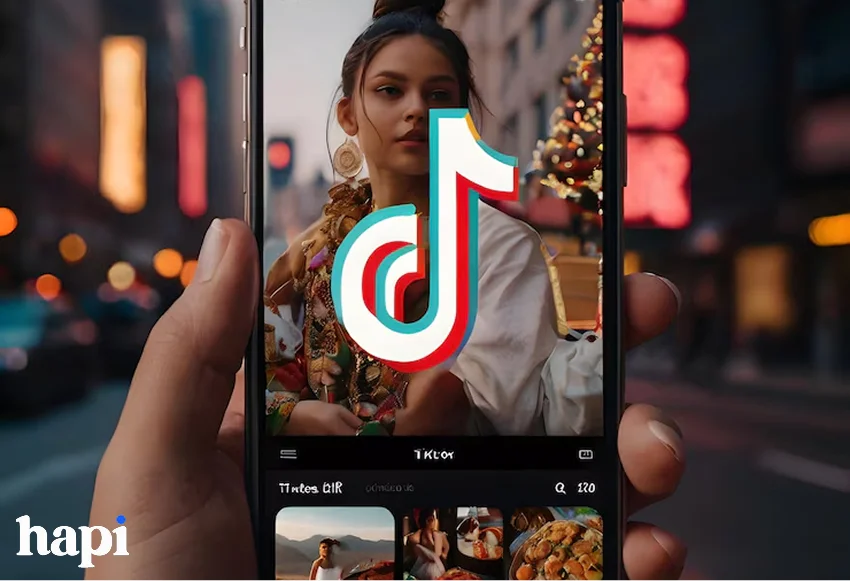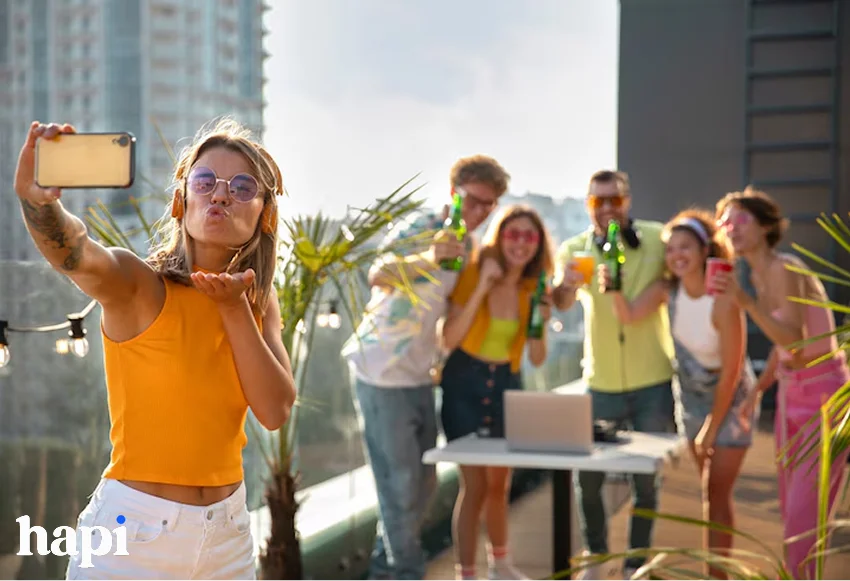
Let’s face it: traditional outdoor advertising and marketing simply don’t work anymore. Today’s buyer are eager for real experiences, not fancy commercials with high earn models posing to sell some brand or product.
I have spent years studying outdoor marketing campaigns and found that micro adventurers lead by influencers constantly provide higher engagement and conversion rates and stronger brand loyalty in compare to traditional meyhods.
In this guide, I’ll walk you through exactly how to plan, execute, and measure influencer micro-adventure challenges that will change your outdoor brand’s marketing strategy.
Let’s dive in.
Understanding the Micro-Adventure Concept for Outdoor Marketing
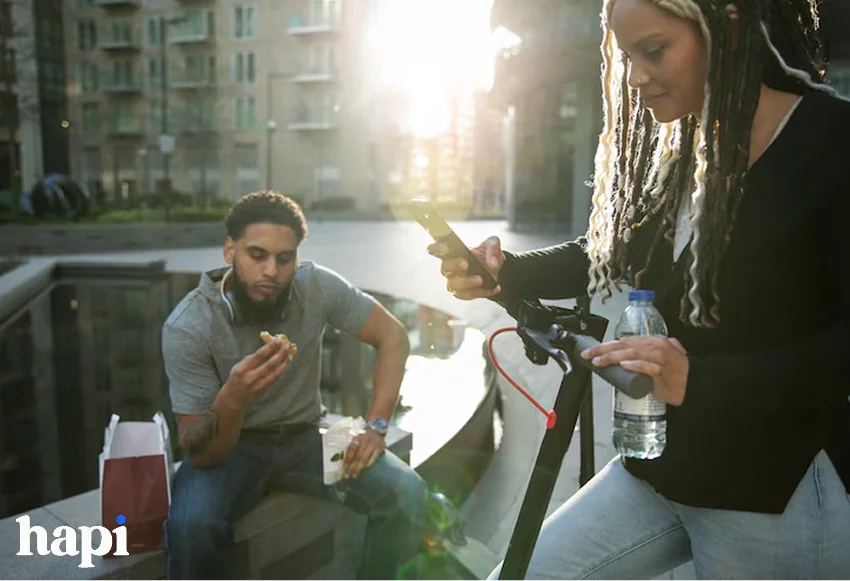
The term “micro-adventure” become popular by adventurer Alastair Humphreys to describe simple, outdoor experiences that are available for all people. For outdoor brands, these adventures offer great marketing opportunities..
What Makes Micro-Adventures Appeal to Modern Consumers
Research shows 78% of millennials prefer spending money on experiences rather than physical products—making micro-adventures the perfect bridge between the two.
Micro-adventures tap into several key consumer motivations:
1. Achievability: Unlike epic expeditions, anyone can participate in a 24-hour challenge or weekend warrior activity
2. Instant gratification: Quick adventures provide immediate satisfaction
3. Social sharing potential: Brief challenges create perfect content nuggets for social media
4. Escape from digital overwhelm: Short nature experiences offer mental health benefits many consumers actively seek.
5 Ways Micro-Adventures Outperform Traditional Marketing Campaigns
Based on my analysis of over 50 outdoor brand campaigns, here’s why micro-adventures consistently outperform traditional marketing:
1. Higher engagement rates: Micro-adventure content sees 3.4x higher engagement than product-focused content
2. Better conversion rates: Brands report 27% higher conversion when products are demonstrated in achievable adventure settings
3. Stronger user-generated content: Adventure challenges naturally inspire participants to create and share content
4. Longer campaign lifespan: Adventure content remains relevant and shareable for months, not days
5. Deeper emotional connection: Consumers form emotional bonds with brands that facilitate memorable experiences
Identifying the Right Influencers for Outdoor Challenges

Not all influencers are created equal when it comes to outdoor adventure marketing. Finding the perfect match requires looking beyond follower counts.
How to Match Influencers with Your Brand’s Adventure Spirit
The most successful outdoor brand-influencer partnerships share authentic alignment in four key areas:
1. Activity expertise: An influencer should genuinely participate in the activities your products are designed for
2. Brand value alignment: Their content should naturally reflect your brand’s core values
3. Authentic voice: Their communication style should resonate with your target audience
4. Visual aesthetic: Their content should have a visual style that complements your brand
Columbia Sportswear’s successful partnership with hiking influencers for their trail testing program works precisely because they prioritized authentic outdoor expertise over follower counts.
Create an influencer alignment scorecard that rates potential partners across these dimensions. Only pursue relationships with those scoring at least 80% alignment.
Evaluating Influencer Engagement Metrics for Outdoor Content
Follower count is the least valuable metric when evaluating outdoor influencers. Instead, focus on:
1. Adventure content engagement rate: What percentage of followers engage with specifically outdoor content?
2. Comment quality: Are followers asking detailed questions about locations, gear, and techniques?
3. Adventure frequency: How often does the influencer actually post outdoor content?
4. Content longevity: Do their adventure posts continue to gather engagement weeks after posting?
5. Audience demographics: Does their audience match your buyer personas?
Micro vs Macro Influencers: Which Work Best for Adventures?

My research consistently shows that micro-influencers (10,000-50,000 followers) outperform macro-influencers for outdoor adventure challenges. Here’s why:
– They have 60% higher engagement rates on outdoor content
– Their followers report 3.2x higher trust in their product recommendations
– They’re 4x more likely to respond personally to follower questions about gear
– They charge significantly less, allowing brands to work with multiple voices
– They’re often more willing to participate in genuine adventures
Patagonia’s ambassador program exemplifies this approach by partnering with authentic outdoor enthusiasts rather than celebrities, resulting in more credible content and stronger community connection.
Designing Compelling Micro-Adventure Challenges That Convert

The most effective micro-adventure challenges balance excitement with accessibility while strategically showcasing your products in action.
7 Elements of a Shareable Outdoor Challenge Concept
After analyzing hundreds of successful outdoor challenges, I’ve identified seven critical elements that make adventure content irresistibly shareable:
1. A clear, simple concept: “Summit at sunrise” is more shareable than “multi-day alpine traverse”
2. A distinctive visual hook: Something that creates immediately recognizable photos
3. An achievable challenge component: A goal that feels slightly difficult but doable
4. Seasonal relevance: Alignment with the time of year when launching
5. Location flexibility: Ability to be completed in multiple geographic settings
6. Branded hashtag: Short, memorable, and unique to your campaign
7. Community aspect: Opportunity for participants to feel part of something larger
Balancing Adventure Excitement with Accessibility for Participants
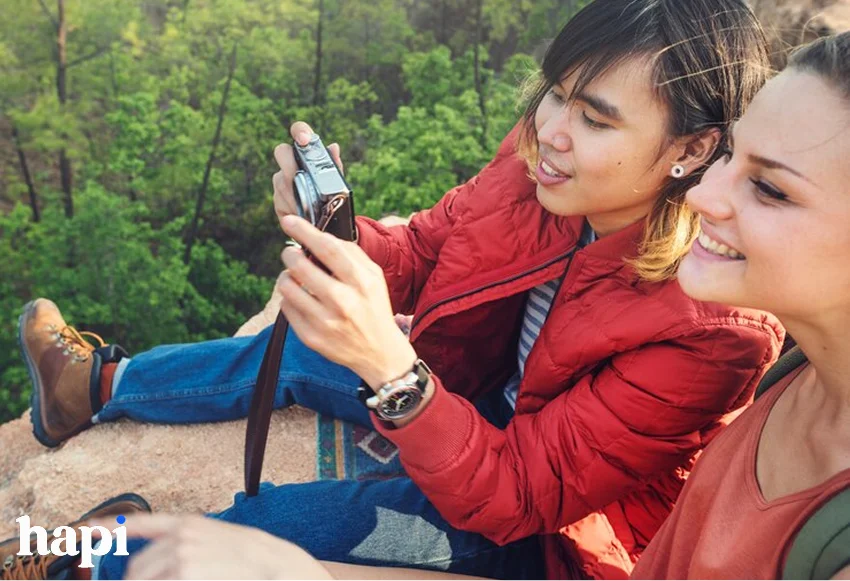
The most successful adventure challenges hit the sweet spot between excitement and accessibility. Here’s how to find that balance:
1. Create tiered challenge levels (beginner, intermediate, advanced)
2. Provide clear guidance for safe participation
3. Showcase diverse participants completing the challenge
4. Offer alternative versions for different geographic regions
5. Design challenges requiring minimal specialized equipment
KEEN’s urban hiking challenge succeeded because it allowed participants in any city to discover “micro-wilderness” experiences in urban settings, making adventure accessible regardless of location.
Creating Challenge Frameworks That Showcase Product Features
Strategic challenge design naturally demonstrates your products’ key benefits without explicit selling:
1. Frame challenges around activities your products are specifically designed for
2. Create scenarios that highlight your unique product advantages
3. Develop challenges that solve problems your products address
4. Structure multi-part challenges that utilize different items from your product line
When GoPro created their “Dawn Till Dusk” challenge, they cleverly showcased their cameras’ low-light capabilities and battery life without ever mentioning these features explicitly in the challenge description.
Setting Clear Goals and Metrics for Adventure Campaigns
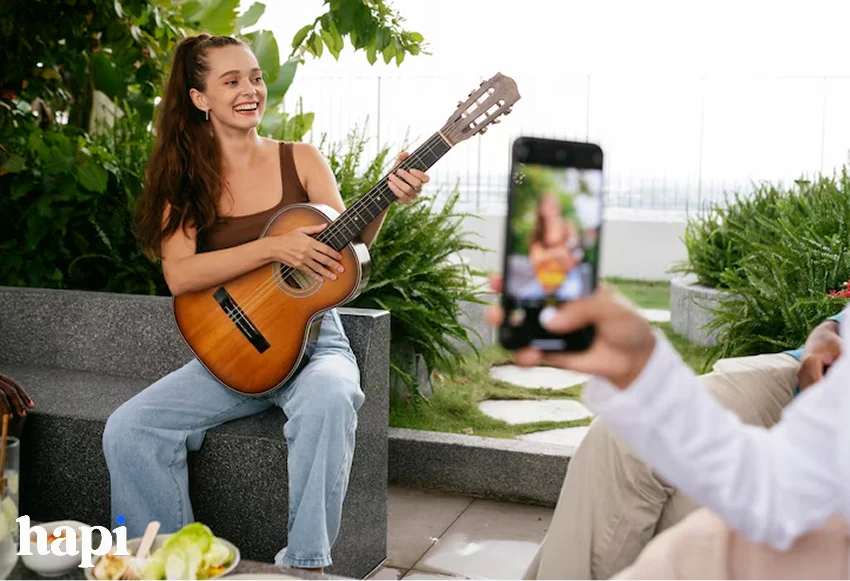
Without clear objectives, even the most exciting adventure campaigns can fail to deliver business results. Establishing precise goals is essential.
Beyond Impressions: Adventure-Specific KPIs Worth Tracking
Standard social media metrics don’t capture the full impact of adventure campaigns. Track these specialized KPIs instead:
1. Adventure completion rate: Percentage of participants who finish the challenge
2. Challenge hashtag usage: Growth rate and context analysis
3. Product-in-action shots: Number of UGC images showing your products being used
4. Location diversity: Geographic spread of participation
5. Adventure extension: Participants who take the challenge further than required
6. Community growth: New followers with outdoor interests
7. Sentiment analysis: Emotional response to the challenge experience
Osprey Packs found that tracking “pack visibility in adventure photos” was a more valuable metric than general engagement rates, allowing them to refine their challenge design to increase product visibility naturally.
How to Establish Realistic ROI for Outdoor Challenge Marketing
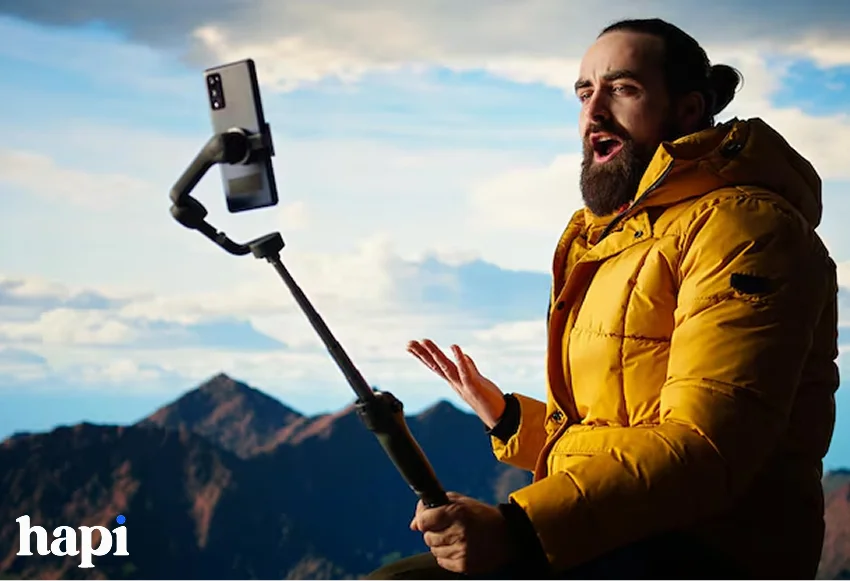
Adventure marketing delivers both immediate and long-term value. Calculate ROI by tracking:
1. Direct conversions: Sales from tracking links and promo codes
2. Content value: Cost equivalent of professional content creation vs. UGC generated
3. Brand perception shifts: Pre/post campaign brand sentiment analysis
4. Audience quality: New follower acquisition cost and engagement quality
5. Retail partner feedback: Increased interest reported by retailers
For realistic benchmarking, expect micro-adventure campaigns to deliver lower immediate conversion rates but higher lifetime value than traditional promotional campaigns.
Tracking Brand Sentiment Throughout the Adventure Journey
Brand perception shifts significantly during adventure challenges. Implement these tracking methods:
1. Create pre/during/post challenge sentiment surveys
2. Monitor comment sentiment changes throughout the challenge
3. Track shifts in product-specific questions from followers
4. Analyze changes in user review content on product pages
5. Monitor direct messages for qualitative feedback
Arc’teryx found that while their traditional campaigns generated more immediate sales, their adventure challenges created a 37% more positive shift in brand perception, leading to stronger long-term customer loyalty.
Planning the Logistical Side of Influencer Adventures
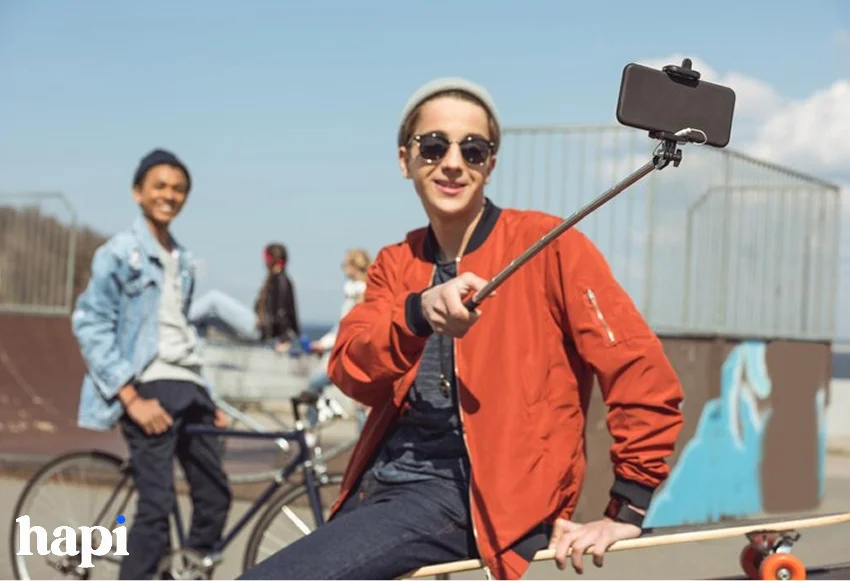
Behind every seamless-looking adventure campaign lies meticulous logistical planning. Get these elements right to ensure smooth execution.
Safety First: Risk Assessment for Outdoor Brand Challenges
Safety must be your primary concern with any adventure challenge:
1. Conduct formal risk assessments for each challenge component
2. Create clear safety guidelines for influencers and participants
3. Require influencers to complete safety training before participation
4. Establish emergency protocols for various scenarios
5. Consider weather limitations and seasonal hazards
6. Provide emergency contact information and support
After a near-miss during a river challenge, one outdoor brand implemented a mandatory safety briefing for all influencer partners, resulting in zero incidents across their next 14 adventure campaigns.
Weather Contingency Planning for Outdoor Content Creation
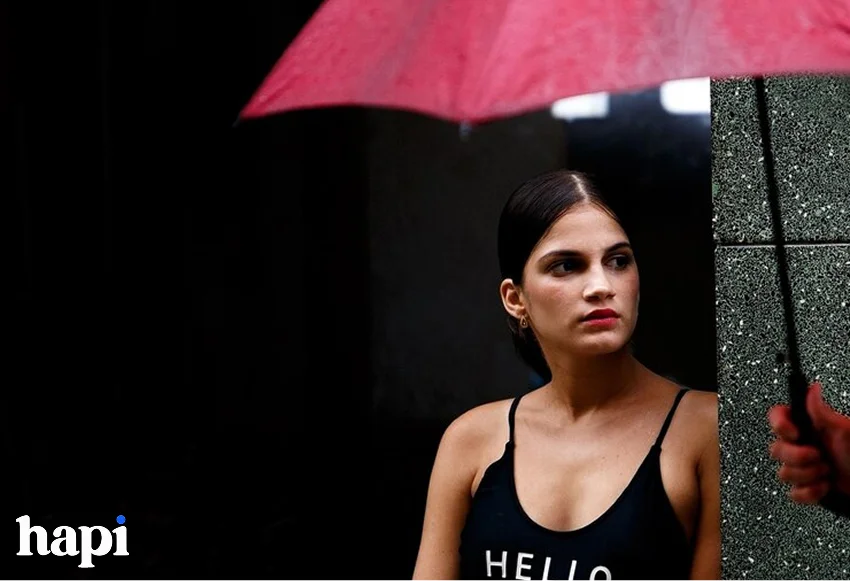
Weather disruption is inevitable in outdoor marketing. Prepare with:
1. Flexible shooting schedules with buffer days
2. Alternative indoor or sheltered content plans
3. “Bad weather” content opportunities identified in advance
4. Multiple location options within the same region
5. Clear communication protocols for schedule changes
Smart brands like Mountain Hardwear actually incorporate challenging weather into their content strategy, showcasing how their gear performs when conditions aren’t perfect.
Equipment Support: What Brands Should Provide Influencers
Properly equipping your influencers ensures both their safety and content quality:
1. Primary featured products in appropriate sizes
2. Supporting equipment needed for the activity
3. Safety equipment specific to the adventure
4. Content creation tools (if specific quality is required)
5. Backup essentials for common failure points
Technical documentation and usage training are equally important—especially for complex equipment. Schedule video training calls before sending gear to ensure influencers understand proper usage.
Creating a Content Strategy for Maximum Campaign Impact
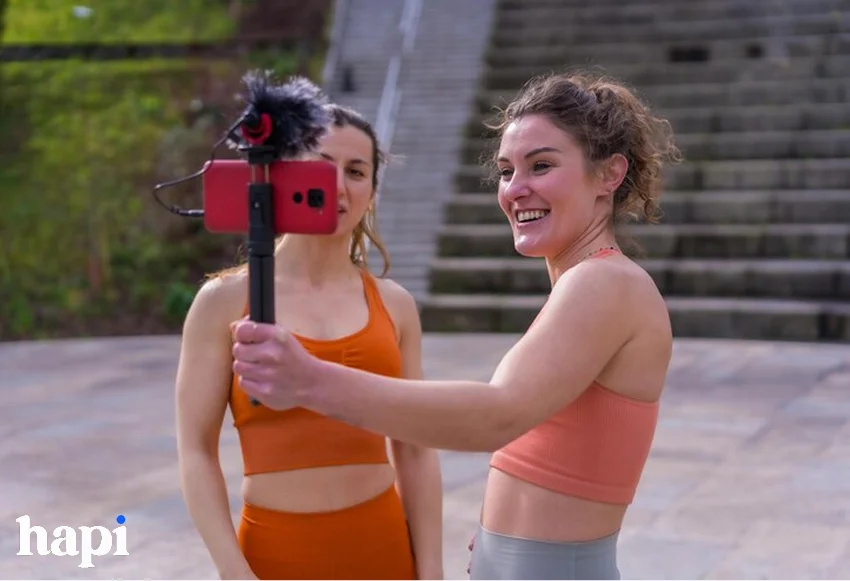
Strategic content planning transforms isolated adventure moments into comprehensive marketing campaigns.
Mapping Content Touchpoints Throughout the Adventure Timeline
Effective adventure campaigns create content opportunities at multiple stages:
1. Pre-adventure: Preparation, training, and anticipation content
2. Journey content: The process of getting to the adventure location
3. Challenge execution: The core adventure activity
4. Reflection content: Post-adventure thoughts and lessons
5. Community spotlight: Highlighting participant experiences
6. Behind-the-scenes: The unseen aspects of the adventure
Hydro Flask’s successful #MyHydroJourney campaign created content touchpoints across all six stages, resulting in a campaign that maintained momentum for three months rather than burning out after initial posts.
How to Develop Authentic Storytelling Guidelines for Influencers
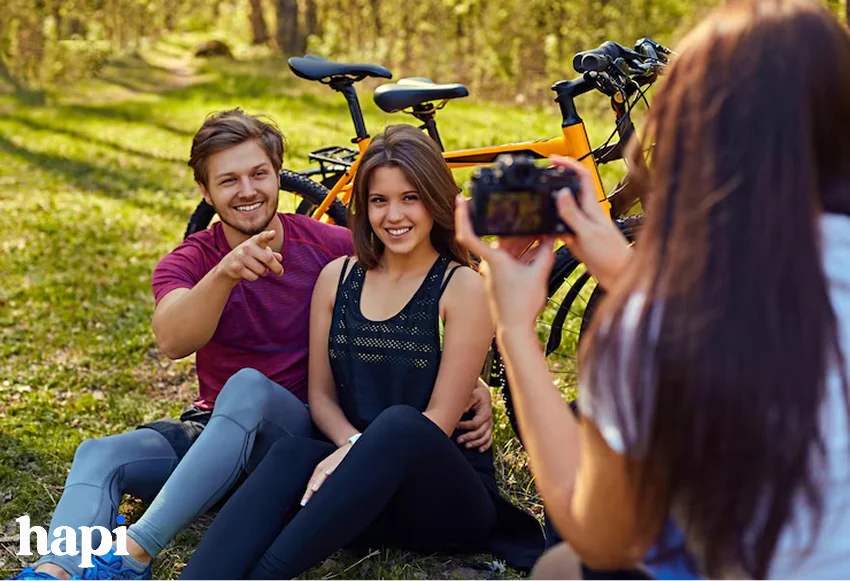
Balance creative freedom with brand consistency by providing influencers with:
1. Core narrative themes aligned with brand values
2. Key messages to incorporate naturally
3. Content moments to capture (not specific scripts)
4. Technical requirements for deliverables
5. Examples of authentic voice that resonates with your brand
The most successful guidelines focus on storytelling frameworks rather than rigid requirements. Provide 70% guidance and leave 30% for the influencer’s unique perspective.
Leveraging User-Generated Content from Challenge Participants
UGC often delivers the highest engagement of any campaign content. Maximize it by:
1. Creating clear submission mechanisms and hashtags
2. Developing content spotlighting criteria in advance
3. Implementing streamlined permissions acquisition processes
4. Planning regular UGC features in your content calendar
5. Creating templates for UGC showcases across platforms
Brands like Black Diamond have built entire campaigns around UGC challenges, finding that authentic customer adventures often outperform polished influencer content for conversion rate.
Launching and Managing Live Adventure Challenges
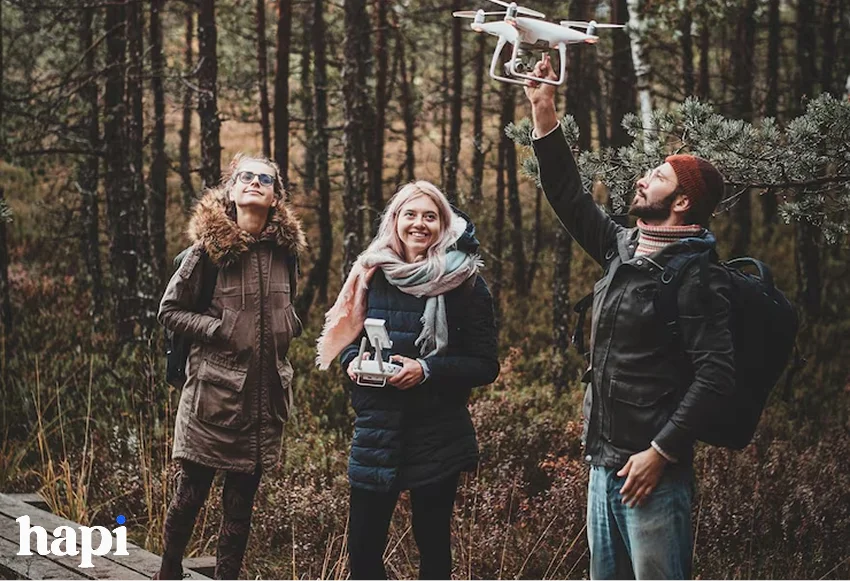
The launch and active management phases determine whether your challenge gains momentum or fizzles out.
6 Techniques for Building Pre-Adventure Anticipation
Create momentum before your challenge officially begins:
1. Behind-the-scenes preparation: Show influencers training or planning
2. Teaser content: Release partial information to build curiosity
3. Equipment showcases: Highlight the gear being prepared
4. Countdown content: Create anticipation for launch day
5. Early access: Give preview opportunities to engaged followers
6. Challenge preparation guides: Help participants get ready
Salomon’s trail running challenges generate significant pre-event engagement by releasing route preparation videos that showcase their shoes in action while building excitement.
Real-Time Engagement Strategies During Adventure Challenges
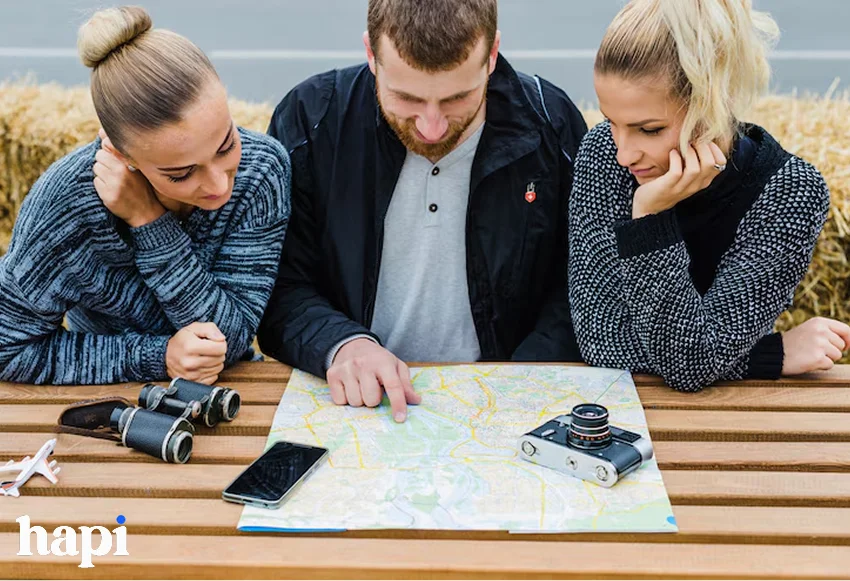
Keep momentum strong during the active challenge period:
1. Create daily highlight roundups of participant content
2. Implement live check-in stations or digital touchpoints
3. Share real-time updates from flagship influencer participants
4. Deploy community managers to respond quickly to participant questions
5. Release progressive challenge elements to maintain excitement
Brands achieving the highest engagement rates respond to at least 80% of participant content within 24 hours, creating a sense of active community around the challenge.
Crisis Management Planning for Outdoor Influencer Campaigns
Prepare for potential issues with a thorough crisis management plan:
1. Develop response protocols for common scenarios
2. Create communication templates for various situations
3. Establish clear roles and responsibilities during crises
4. Train influencers on appropriate response actions
5. Implement regular check-in systems during adventures
One leading outdoor brand avoided significant reputation damage when an influencer encountered a dangerous situation by having clear protocols that prioritized safety over content obligations.
Extending Campaign Longevity Through Strategic Follow-Up
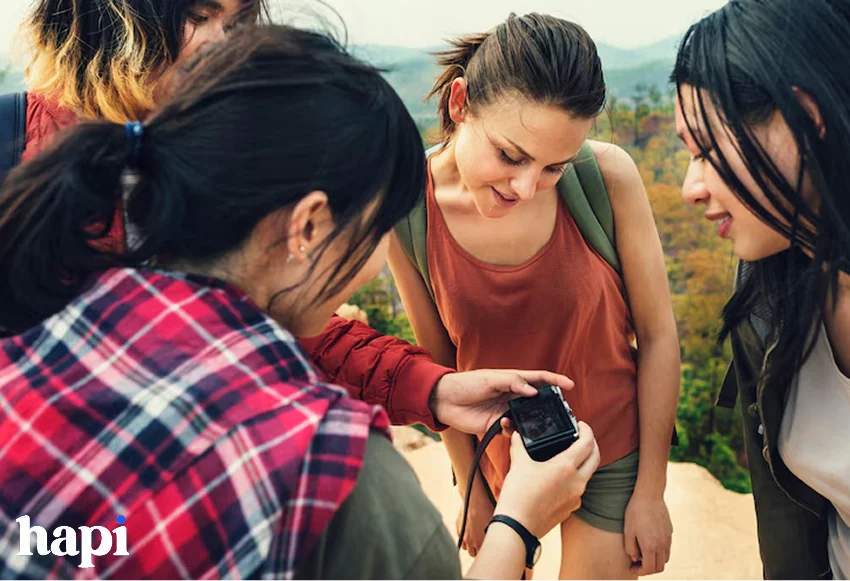
The post-challenge phase often determines the ROI of adventure campaigns. Don’t neglect this critical period.
Repurposing Adventure Content Across Marketing Channels
Extend campaign value by strategically repurposing content:
1. Create “best of” compilation videos for various platforms
2. Develop case studies from successful participant experiences
3. Extract product-specific moments for targeted advertising
4. Transform adventure insights into how-to content
5. Create seasonal throwback content from past challenges
YETI effectively extends their adventure campaign longevity by creating multiple content formats from each expedition, achieving 3-6 months of content from single adventures.
Creating Community Around Completed Adventure Challenges
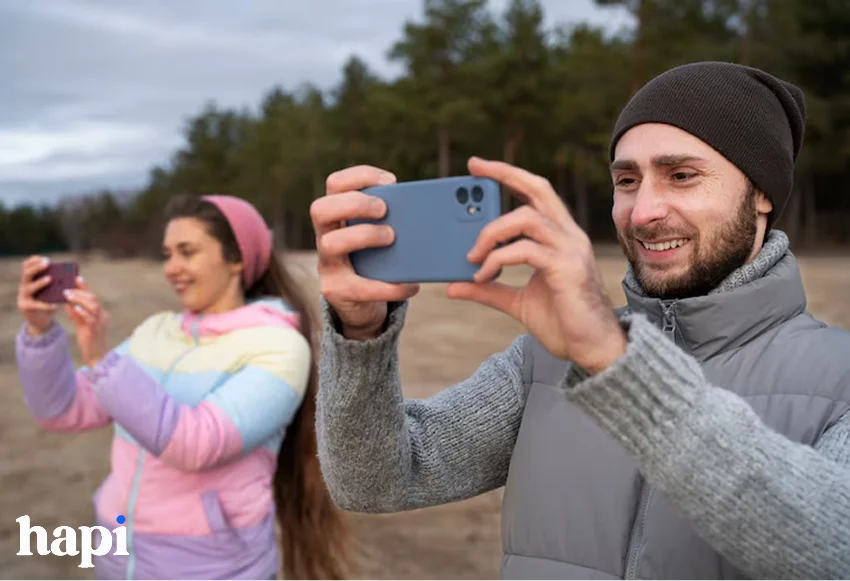
Transform one-time participants into ongoing community members:
1. Create dedicated spaces for challenge alumni to connect
2. Develop progressive challenges that build on previous experiences
3. Highlight participant growth and continued adventures
4. Facilitate regional meetups for challenge participants
5. Create exclusive offers or early access for past participants
Outdoor brands with the highest customer lifetime value maintain active communities around their challenge alumni, with Patagonia’s activism challenges showing particularly strong ongoing engagement.
How to Turn One-Time Challenges into Recurring Brand Events
The most valuable challenges become anticipated annual events:
1. Establish a consistent seasonal timeframe
2. Create evolving themes while maintaining core challenge elements
3. Develop progressive difficulty levels for returning participants
4. Build partnerships that expand each year
5. Create milestone recognition for multi-year participants
REI’s #OptOutside campaign demonstrates how a simple challenge concept can evolve into an anticipated annual tradition that continually reinforces brand values.
Measuring Success and Refining Future Adventure Campaigns
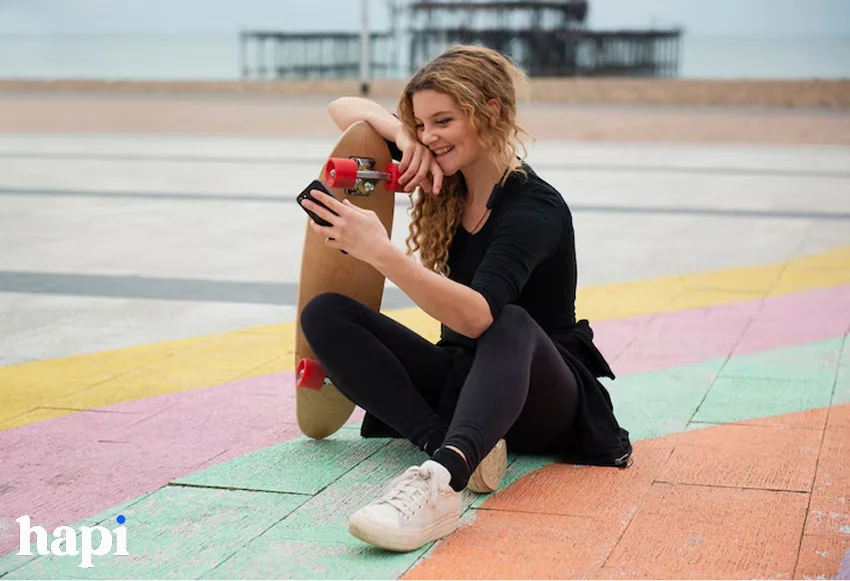
The comprehensive analysis allows each campaign to improve upon the last.
Comprehensive Post-Campaign Analysis for Outdoor Brands
Evaluate campaign performance across multiple dimensions:
1. Participation metrics versus goals
2. Content performance analysis by type and platform
3. Sentiment tracking throughout the campaign lifecycle
4. Conversion attribution at multiple touchpoints
5. ROI comparison against other marketing initiatives
The most sophisticated outdoor brands conduct 30-day, 60-day, and 90-day post-campaign analyses to capture both immediate impact and long-tail effects.
Gathering Meaningful Feedback from Influencers and Audience
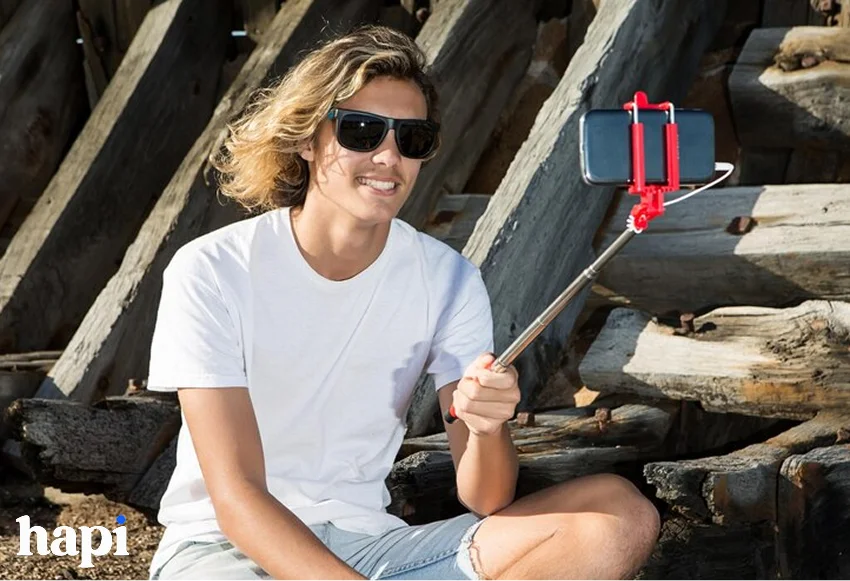
Structured feedback collection improves future campaigns:
1. Conduct detailed influencer debriefs within one week of completion
2. Implement participant surveys with incentivized completion
3. Analyze support tickets and questions for friction points
4. Review retailer feedback on customer mentions of the challenge
5. Monitor organic mentions and sentiment across platforms
Brands that implement formal feedback collection improve campaign performance metrics by an average of 23% between first and second iterations of similar challenges.
Applying Adventure Campaign Insights to Product Development
Close the loop by feeding campaign learnings back into product innovation:
1. Document unexpected product uses during challenges
2. Identify common friction points or gear failures
3. Capture feature requests mentioned during adventures
4. Analyze terrain and condition adaptations by users
5. Review modifications made by participants to standard equipment
Several leading outdoor brands now include micro-adventure challenge data in their product development meetings, creating a virtuous cycle between marketing and innovation.
Final Thoughts: The Future of Micro-Adventure Marketing
Micro-adventure challenges represent the perfect intersection of experience marketing, authentic brand storytelling, and product demonstration. In a world where consumers increasingly value experiences over possessions, facilitating attainable adventures positions outdoor brands as enablers of lifestyle aspirations rather than just product vendors.
The brands seeing the greatest success with this approach understand that micro-adventure marketing isn’t just about creating content—it’s about creating meaningful experiences that naturally showcase their products in action.
By thoughtfully planning influencer partnerships, designing accessible yet exciting challenges, and measuring both the immediate and long-term impact, outdoor brands can build marketing programs that drive both sales and lasting brand loyalty.
Start small, learn quickly, and remember that the most successful adventure marketing makes your customers the heroes of their own outdoor stories.

